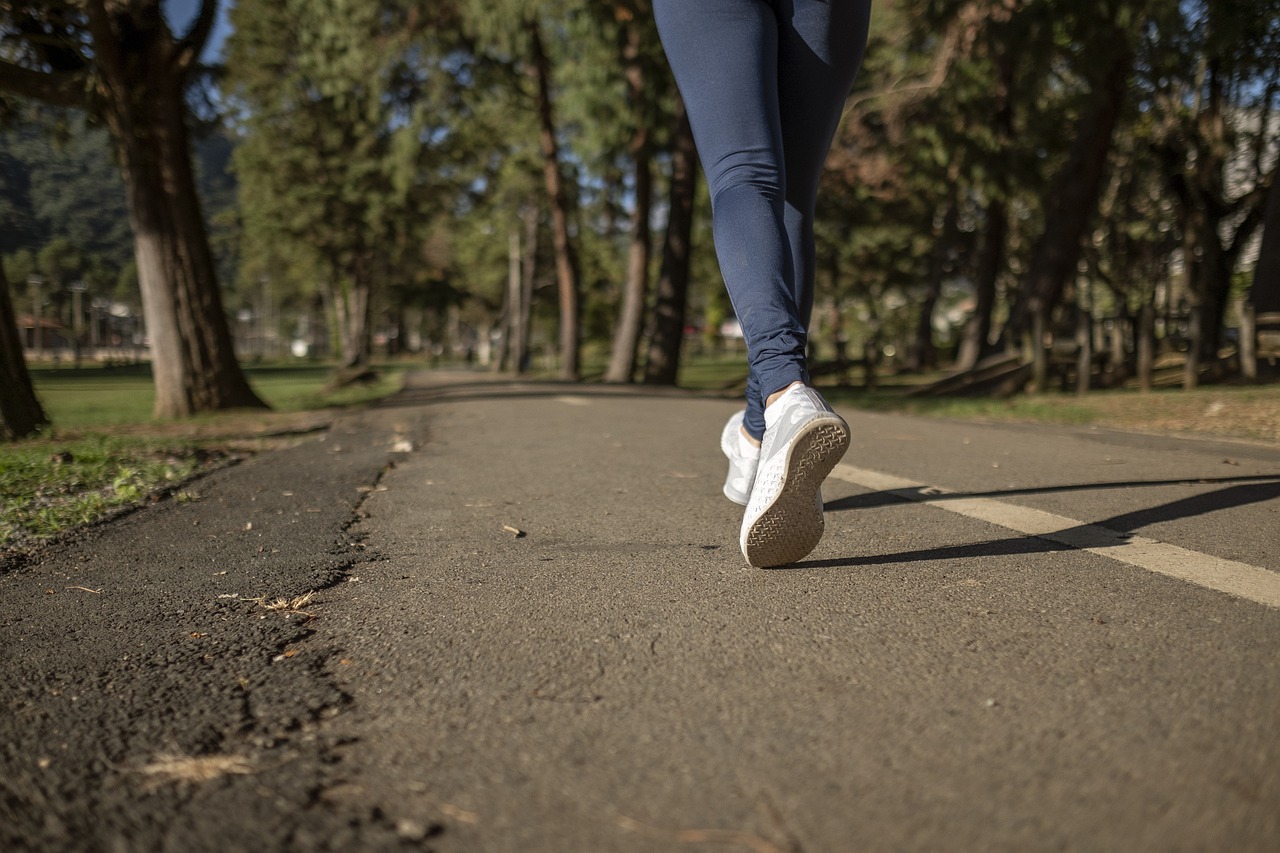The Effectiveness of IPL for Spider Veins: Play99exch, Sky247, Allpaanel ID
Play99exch, Sky247, Allpaanel ID: IPL treatment, short for Intense Pulsed Light treatment, is a popular non-invasive procedure used to target various skin concerns, including spider veins. This technology works by emitting high-intensity pulses of light that penetrate the skin, targeting the hemoglobin in the blood vessels that cause spider veins.
During an IPL session, a handheld device is passed over the skin, delivering pulses of light that are absorbed by the blood vessels. This process causes the blood vessels to coagulate and eventually be reabsorbed by the body, leading to a significant reduction in the appearance of spider veins. IPL treatment is considered safe and effective for most skin types, with minimal downtime and discomfort.
Understanding Spider Veins
Spider veins, also known as telangiectasias, are small, dilated blood vessels that appear close to the surface of the skin. They often look like thin red or purple lines, resembling spider webs or tree branches. These veins are commonly found on the face and legs, but can appear anywhere on the body.
They are usually harmless and do not cause any symptoms, though some individuals may experience aching, burning, or itching in the area where the spider veins are present. Factors such as genetics, age, hormonal changes, and prolonged standing or sitting can contribute to the development of spider veins. While they are generally considered a cosmetic concern, some people may seek treatment to reduce their appearance.
Causes of Spider Veins
Spider veins, also known as telangiectasia, occur when small blood vessels become dilated near the surface of the skin. These tiny, twisted veins can appear red, purple, or blue and are commonly found on the legs and face. While the exact cause of spider veins is not always clear, there are several factors that are believed to contribute to their development.
Heredity plays a significant role in the development of spider veins, with individuals having a family history of these veins being more likely to develop them themselves. Hormonal changes, such as those associated with pregnancy, menopause, or birth control pills, can also increase the risk of developing spider veins. Additionally, prolonged periods of standing or sitting, obesity, and a sedentary lifestyle can contribute to the development of these unsightly veins.







